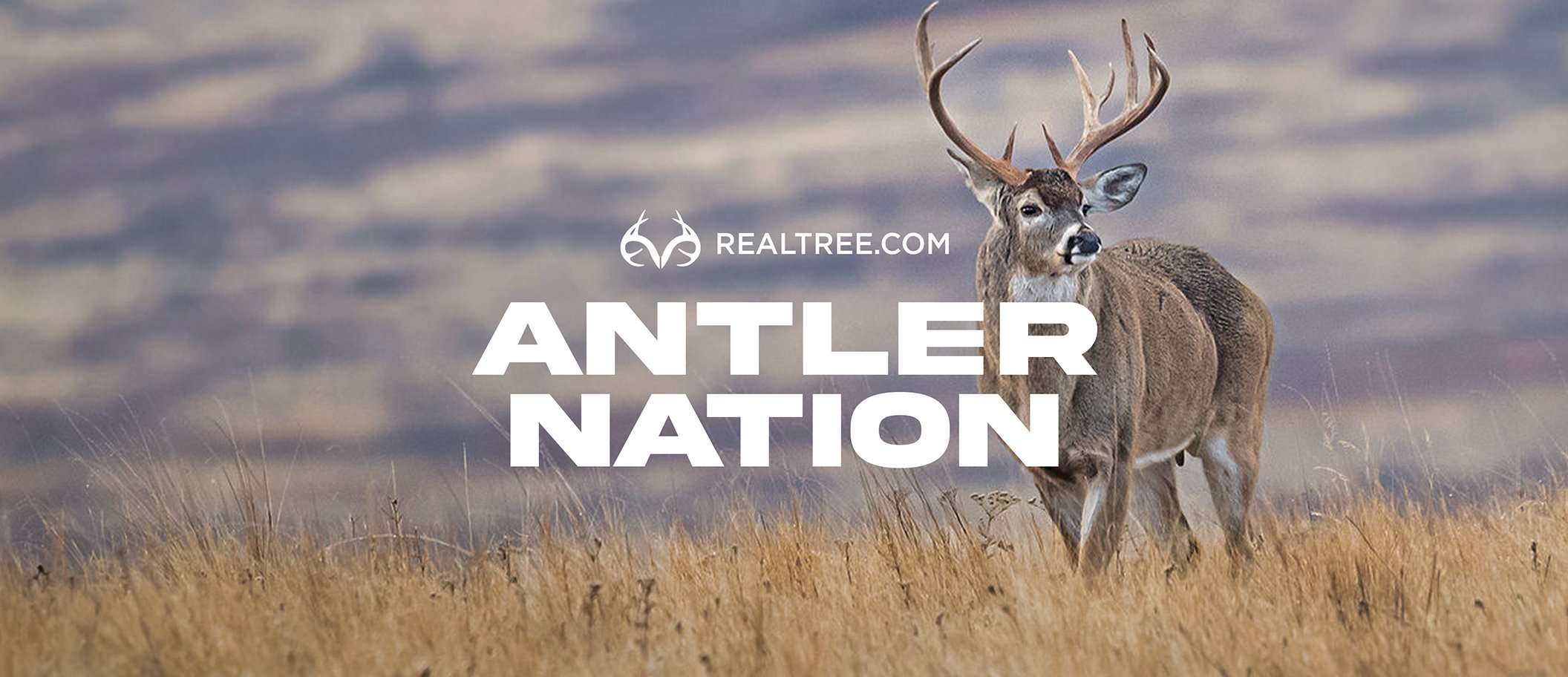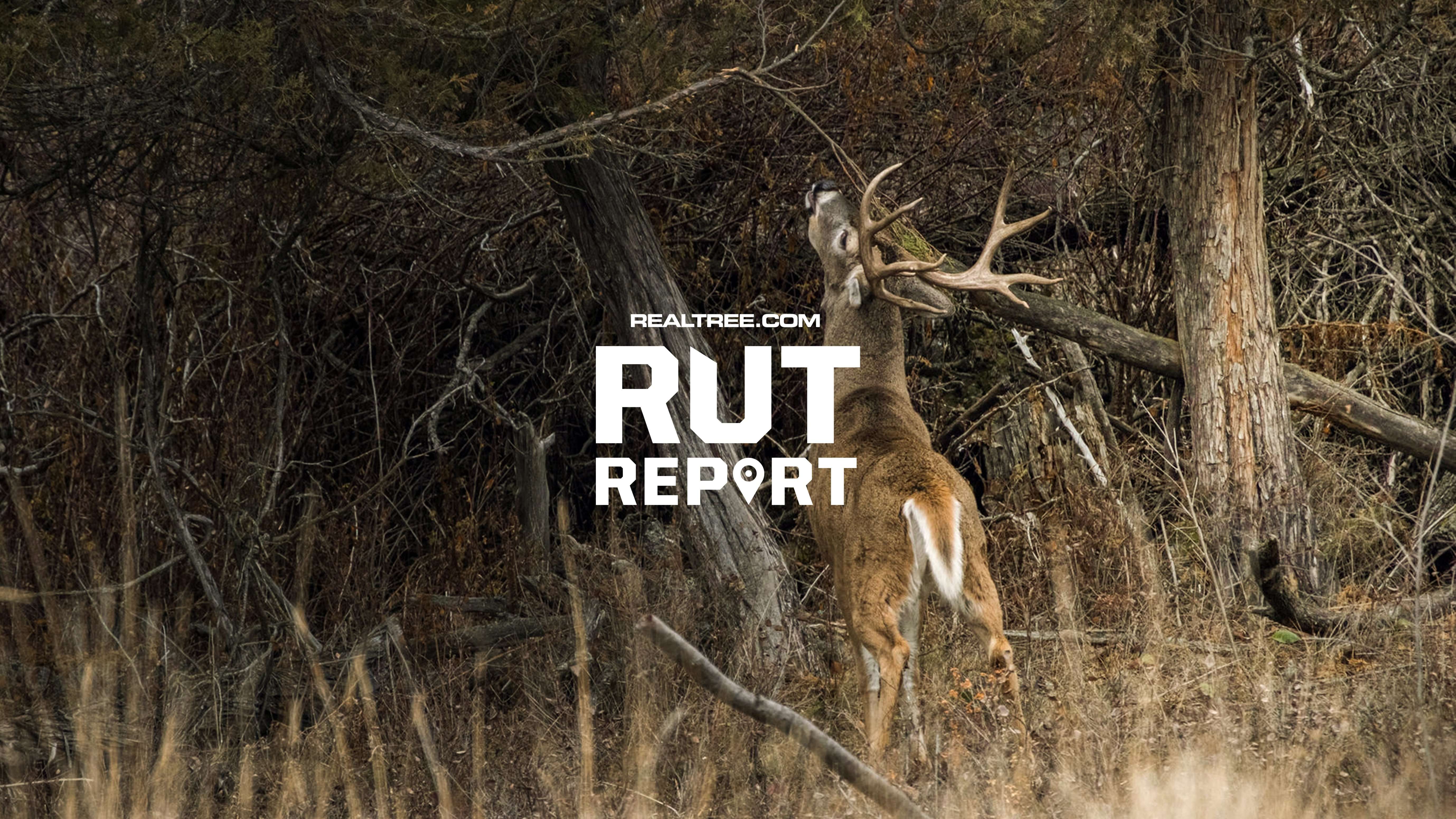No matter where you fish, there are usually crappies biting somewhere close by. Here’s how to cash in on the cold-water action
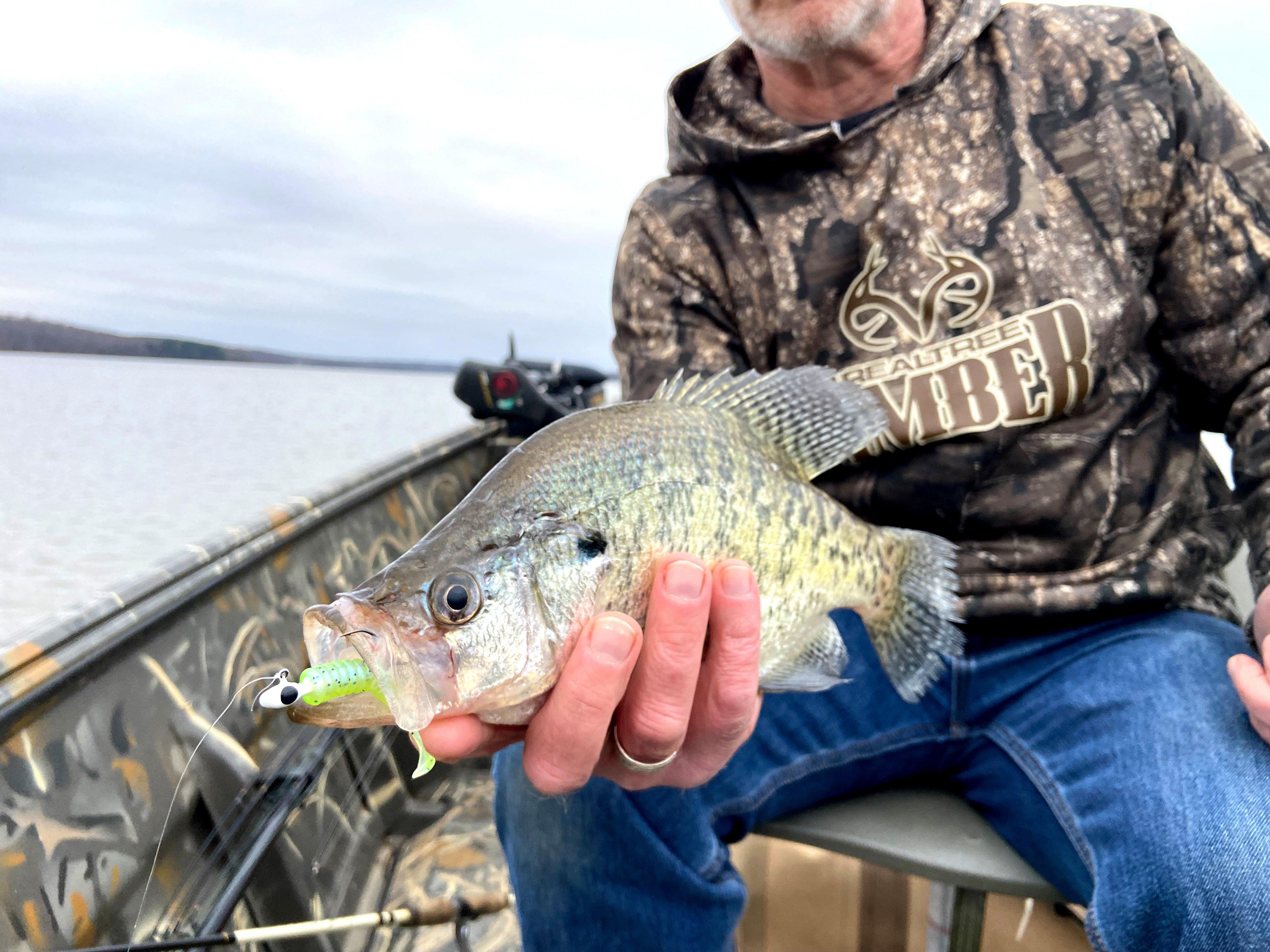
The dead of winter is an ideal time to fish for crappie, but the best techniques to use depend on where you live. (Photo by Will Brantley)
Crappies are one of America’s favorite gamefish, and some of the best fishing for them of the year happens right now, in the dead of winter. You can score on slabs almost regardless of the water temperature, but the best techniques and lures to use depends on where you live. Here’s a look at a few of the classics.
NORTHERN ICE FISHING
The crappie bite can slow down after lakes ice over, but the fish remain catchable. Still, few fish in freshwater get as selective as winter paper-mouths. They have a habit of scrutinizing your offering for long periods before deciding to bite. But more about that in a minute. First, you have to find them.
By the early and mid-ice periods of winter, crappies have relocated to the deepest basins of natural lakes and reservoirs, where they’ll spend the majority of the season. Look for vertical drops or steep shorelines. In reservoirs, submerged creek channels are often the ticket. In any case, be thinking of the main basin of the waterbody as a starting point.
Modern ice-fishing advancements make the hunt easier than ever. The combination of battery-powered ice drills and advanced sonar allow anglers to quickly find productive locations. Look for concentrations of fish holding above deep structure. Crappies nearly always school under ice.

In cold, open water, the fish will hold in the 20- to 40-foot range. Target deep brush piles, channel edges, and even bridges. (Photo by Will Brantley)
Lure choices are fairly straight-forward. Small ice spoons tipped with a minnow or “nuggie” work well, as do the smallest vertical baits like a Jigging Rapala. Tiny tungsten jigs also work well with today’s micro-plastics. Z-Man’s newest panfish lures feature incredible movements with little or no action required from the rod holder.
Don’t Miss: How to Ice Fish For Jumbo Yellow Perch
This leads to a major principle in ice fishing crappies: they are often fish of extremes. When crappies are feeding under ice, they’re catchable with a number of lures and quick presentations. Often just a bare spoon scores big. But when fish are in a neutral mood it takes determined coaxing to make them bite. I remember several trips when the most successful angler on the ice never touched his rod, and instead let a small minnow and spring bobber do all the work. Sometimes crappies under ice call for desperate measures, and the best thing to do is give them all the opportunity they need. For this application, down-looking sonar is a must.
GOING VERTICAL IN THE MID-SOUTH
In most of the country’s midsection, the water remains open but gets cold. Places like Kentucky Lake see anglers continue to fish through the winter season when water temperatures dip into the low 40s. Elsewhere across the region, anglers take to the water on warm, sunny days hoping to break winter’s monotony.
It’s best to stay vertical, presenting jigs to fish that can be seen on sonar. Most major reservoirs hold fish in the 20- to 40-foot range, requiring precise boat control to score. Targets include deep brush piles, channel edges, and even bridges.
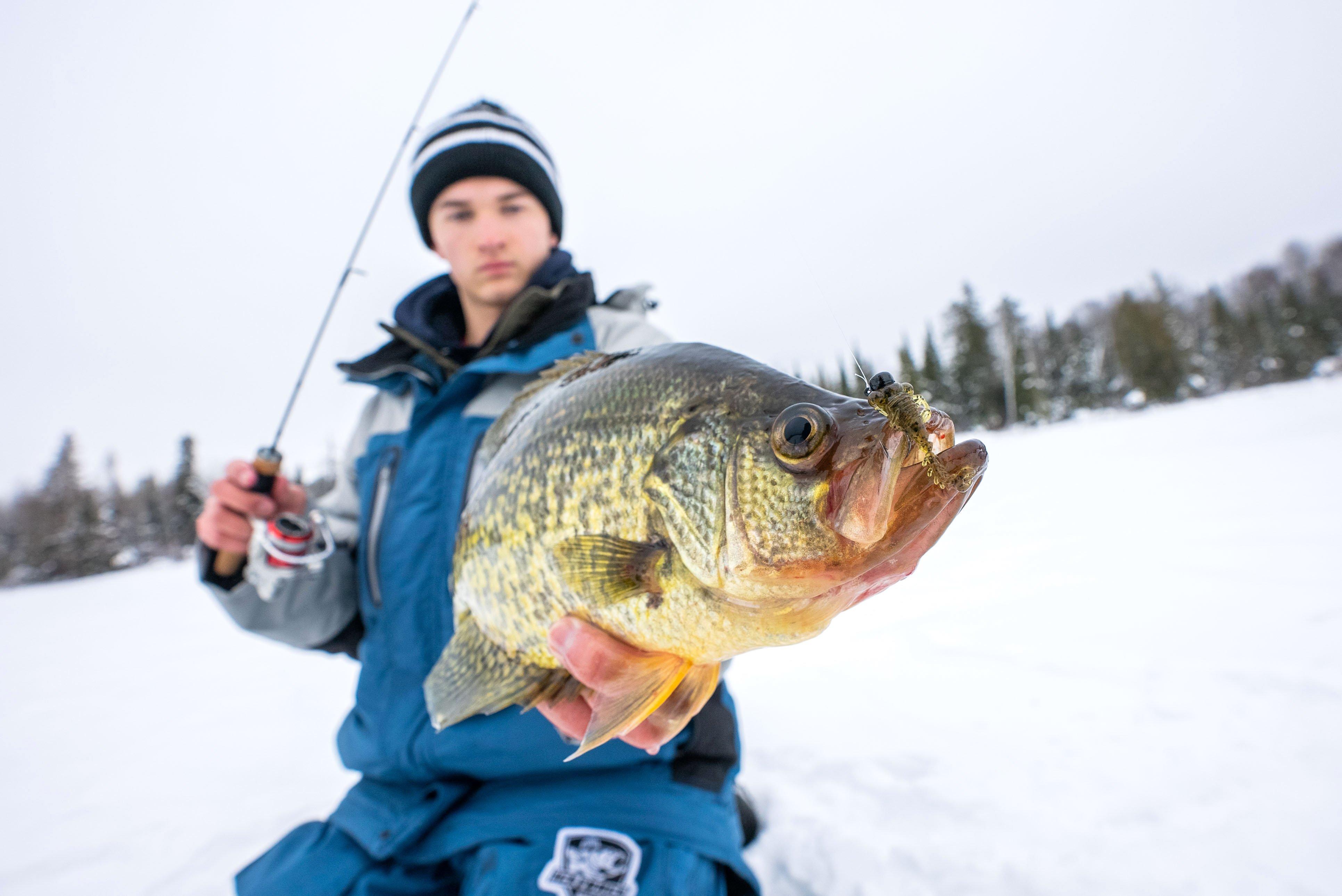
On ice-covered lakes, look for crappies in the deepest basins of natural lakes and reservoirs. (Photo by Z-Man Fishing)
Anglers fish vertically using two methods: spider-rigging and jigging. Spider options allow the presentation of multiple baits in various colors at numerous depths. This shortens the learning curve of finding the day’s best choice.
Spider rigs require either a heavy jig or, more commonly, a weight on bottom to maintain the vertical presentation. Often, numerous hooks or lures can be staggered up the line. Slowly moving through suspended schools of fish will get results. Sometimes it’s even best to drag bottom with the sinker, causing the lures to jump and quiver.
Still, many anglers swear by vertically jigging with the rod in hand. In true crappie fashion, fish often need a little incentive to bite a lure, and slow, methodical lifts get their attention. From there, savvy anglers seal the deal while watching fish approach on screen.
Here, it’s tough to beat a small twister or shad tail on a light jighead. Lures weighing 1/16 ounce can be effectively fished at depth on light lines, though heavier jigs may be needed on windy days. Braided line, as small in diameter as 2-pound mono, makes things easy and is incredibly sensitive. Jigheads with a spinner blade, like the original Roadrunner, have a big following in the crappie world, and for good reason. They often trigger bites and are as effective when fishing vertically as while being cast and retrieved.
FISHING DEEP DOCKS
Crappies hang around deep boat docks on big reservoirs, utilizing the structure all winter for feeding and residence. Slabs may position over water 100 feet deep or more in Ozark and western reservoirs. Most waters of the Deep South are shallower, but the same pattern exists.
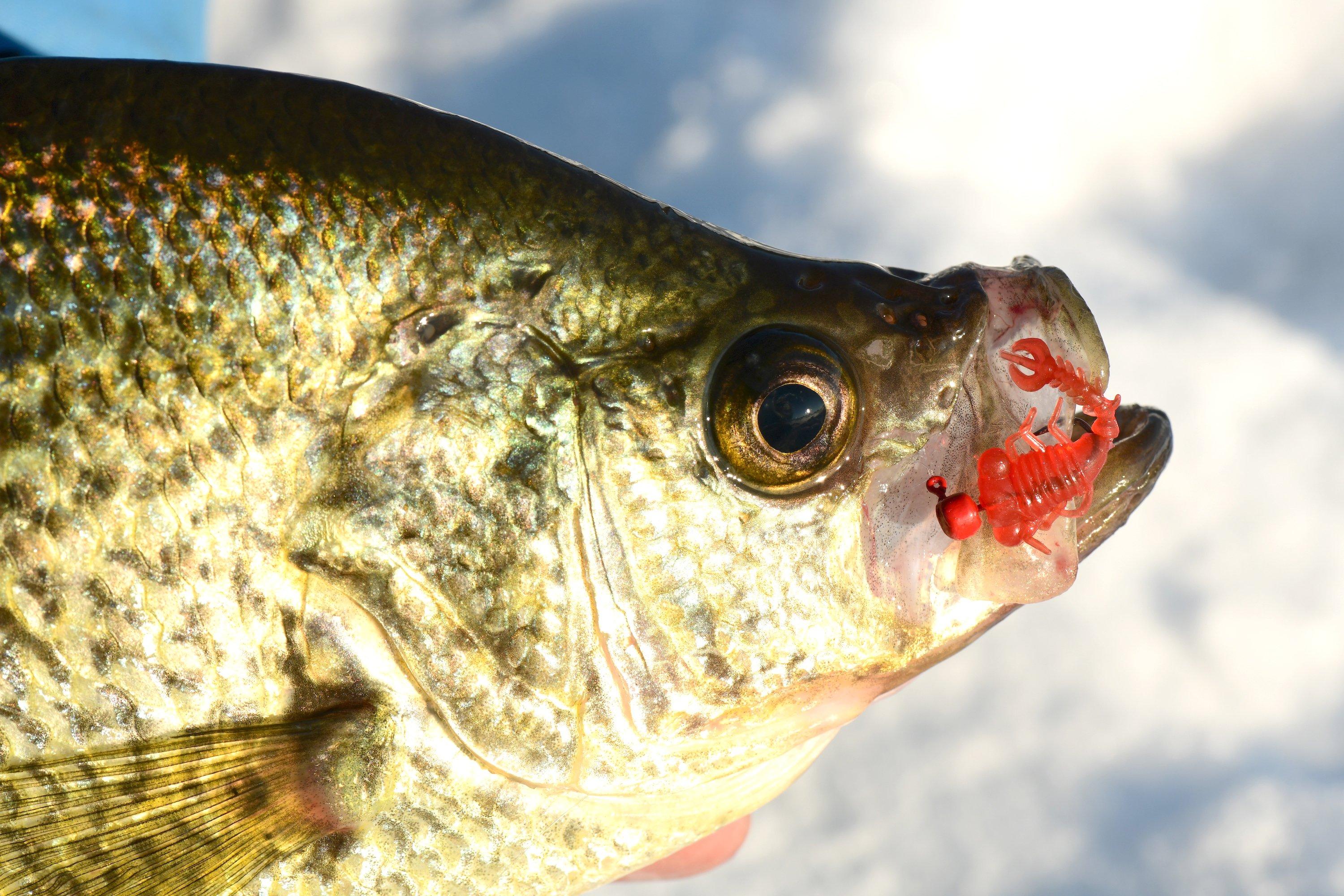
Crappies are finicky, so experiment with different lures, colors and sizes until you figure out what they’re biting. (Photo by Z-Man Fishing)
Docks on channel banks are usually best. Recently, this winter pattern has been a favorite of anglers using forward-facing sonar (FFS). This deadly tactic allows precise fishing in and under docks, as well as along deep shorelines and channel banks.
This is cast-and-retrieve fishing, with a twist. Fish are best located before the cast is made. The game then plays out on screen. Taking a page from the bass fishing playbook, FFS crappie anglers often use small swimbaits to score on big slabs. Keitech’s Easy Shiner in the 2-inch size has a cult-like following. Paired with a light jighead (some hardcore anglers swear by tungsten), this lure can be easily tracked on sonar and the reaction of crappies noted. Usually, it’s just a matter of swimming the lure overhead and dropping it in front of the fish to trigger a bite.
Don’t Miss: The Best Lakes to Catch a 10-Pound Bass This Winter
Well-practiced anglers can get their lures under floating docks with ease, where unsuspecting slabs can’t help but bite. A limber, 7-foot rod helps “shoot” the lure into nooks and crannies.
DIPPING DEEP SOUTH VEGETATION
In places like Santee Cooper, the biggest waters of Florida, and Louisiana’s bayou country, shallow crappie fishing is a year-round affair. Here, heavy cover gets the nod by local anglers.
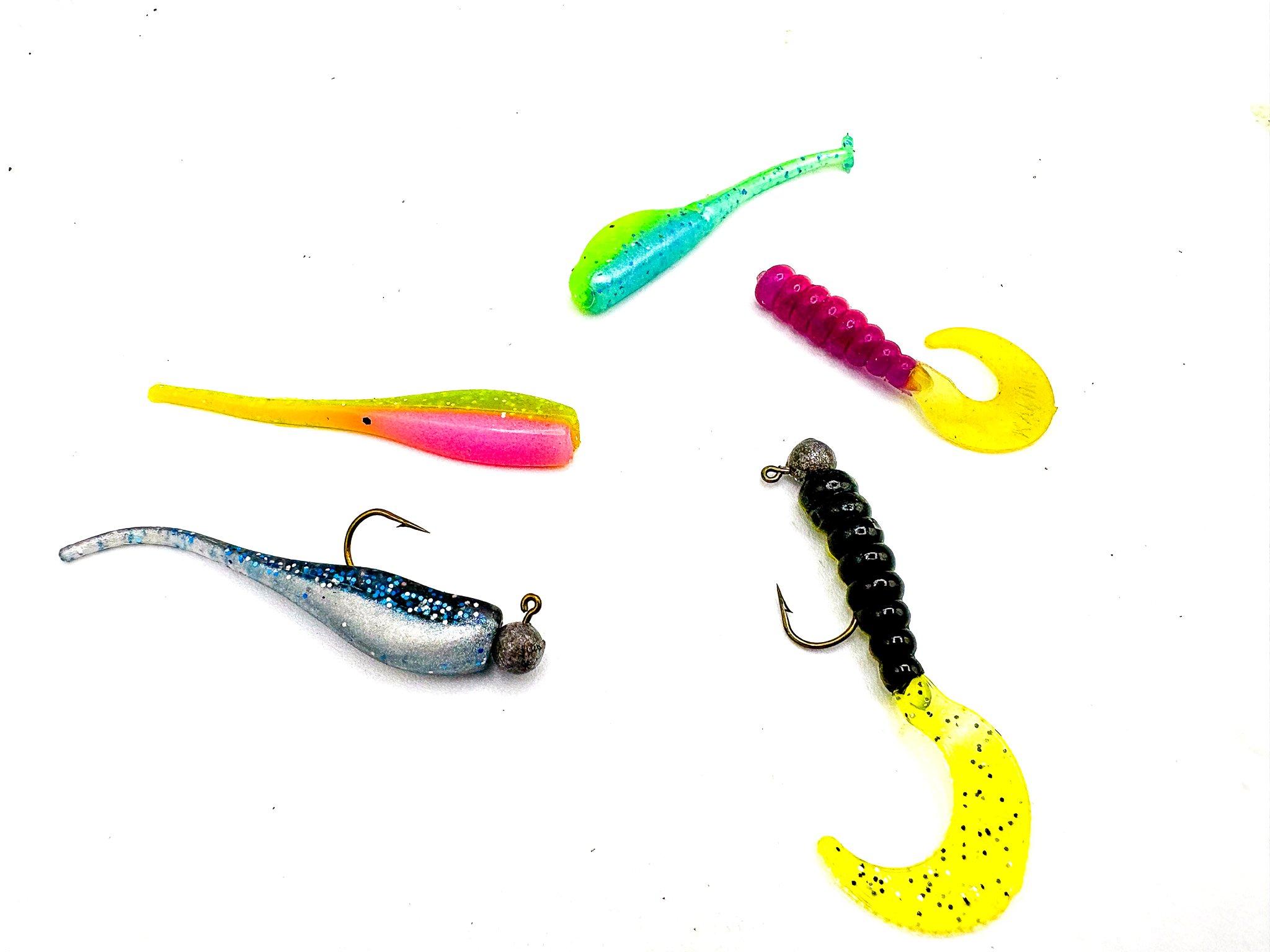
Tubes and shad tails on a plain jighead are always good bets for crappie fishing, but the most productive colors can change by the day. (Photo by Joe Balog)
Crappies take refuge in and under vegetation like water hyacinths and alligator weed, where heavy-handed tactics can be needed to wrestle them out. Some anglers move their boats directly on top of the grass and rake out holes. A potato rake on a long handle works well. Chopping up the grass when opening up fishing spots knocks invertebrates into the water, often chumming up the bite. Other anglers prefer to move around, searching out holes in the cover big enough to drop a jig.
Tubes and shad tails work best on a plain jighead. Every day usually brings a new best color. The key to the system is a long pole and strong line. Eleven-foot rods present lures well. It’s important to fish directly under the rod tip, as lobbing a lure any further usually results in a snagged bait. Drop the lure straight down in the holes of the weeds, holding it still between short jigs. Sometimes the fish are near bottom, other times they are just below the vegetative canopy.
In any case, repeatedly dropping an open-hook jig into the grass will eventually result in a hang-up. Braided line allows anglers to pop the jig free without much effort; the strong line simply breaks the plant or root with a quick snap of the wrist.
This style of fishing presents a real hand-to-hand combat feel, and big slabbers put up a formidable fight in heavy cover.
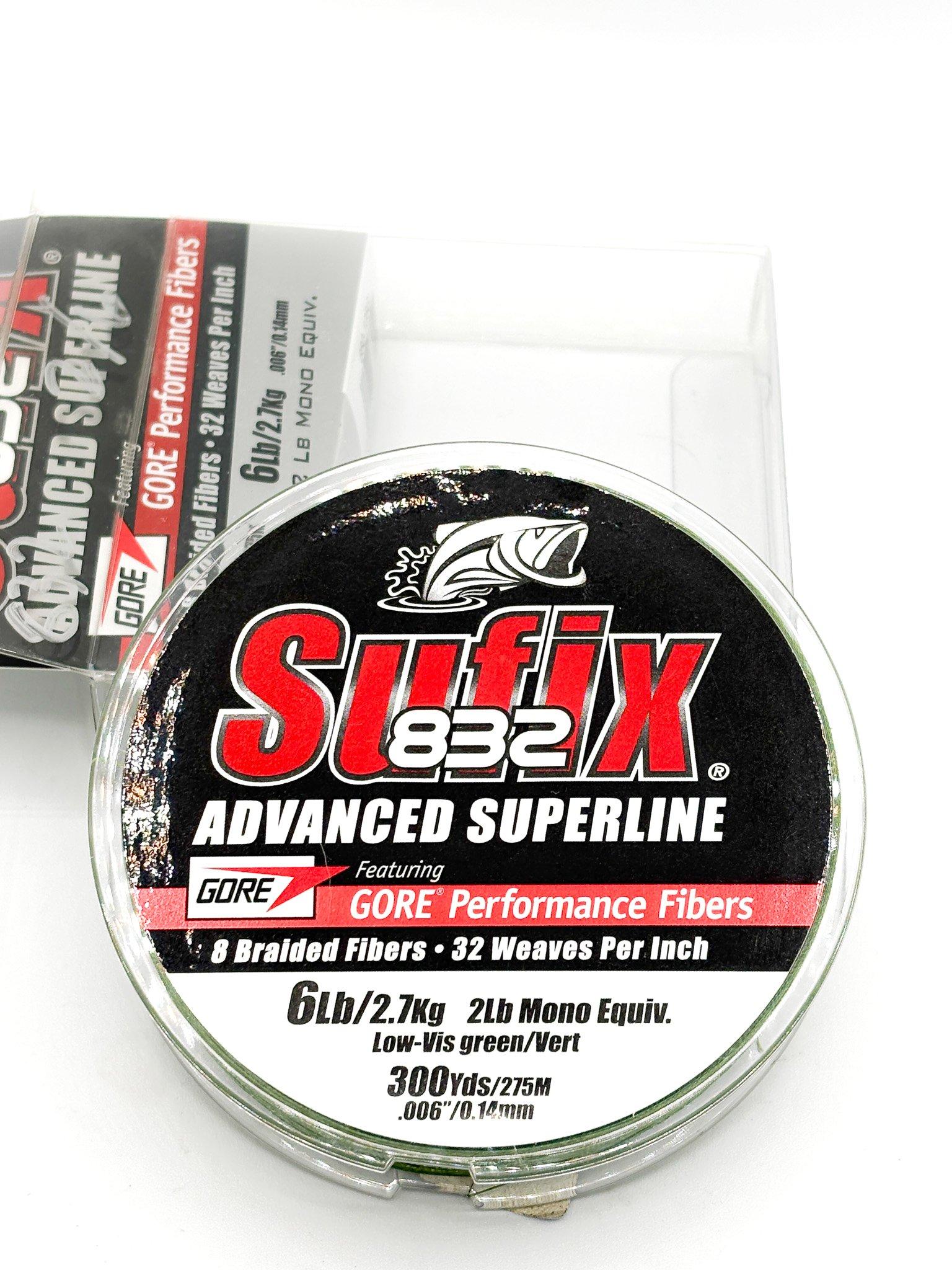
A strong, braided line allows you to break free when your jig gets snagged on a plant or root with a simple pop of the wrist. (Photo by Joe Balog)
Wherever you are, a few common themes emerge for wintertime crappie fishing.
- Slow, vertical presentations are usually best
- Experiment with different lure colors and sizes. Crappies are finicky and their preferences change by the day
- These fish love cover. Boat docks, brush piles, and grass mats, depending on where you’re fishing, are productive
- In the winter, particularly in colder regions, start deep before working shallow
- Wintertime crappies are often found in big schools so where you catch one, there are likely plenty more










































